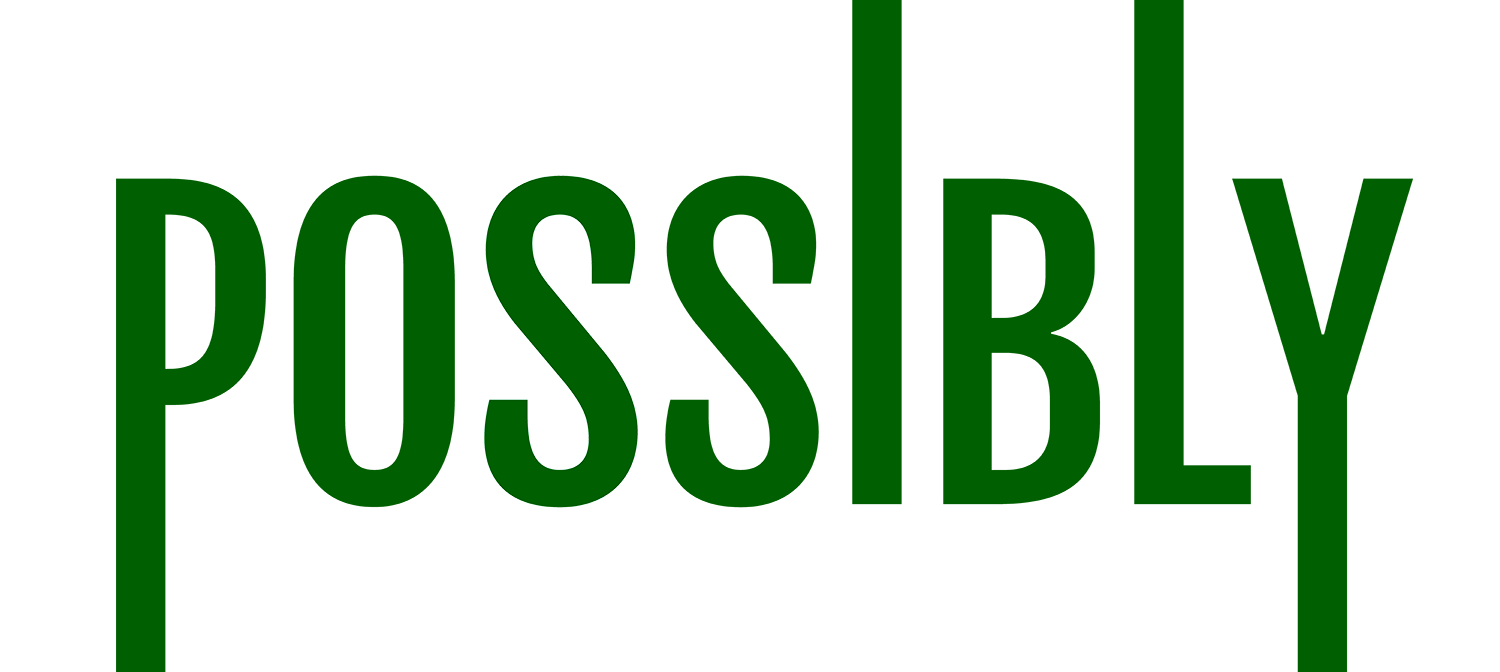
Megan: Welcome to Possibly, where we take on huge problems like the future of our planet and break them down into small questions with unexpected answers. I’m Megan Hall.
Today, we’re traveling to Block Island, the vacation spot off the southern coast of Rhode Island.
Block Island is also famous for its offshore wind farm- the first of its kind in the entire nation.
What did it take to make this project possible? And is it a success?
We had Janek Schaller and Juliana Merullo from our Possibly Team, look into this!
Janek: How’s it going, Megan?
Juliana: Hiya!
Megan: So what’s the deal with Block Island’s wind farm?
Janek: The wind farm off block island is relatively small– it only has five turbines. But it provides more than enough power for the island’s one thousand residents.
Megan: How did Rhode Island end up with the nation’s first off-shore wind farm?
Janek: Well, the whole story starts way back in 2006, when then-Governor Carcieri announced a plan to generate fifteen percent of Rhode Island’s electricity through wind energy.
Juliana: In response, the state started looking into contracts with energy companies to finance, build, and operate off-shore wind farms.
Janek: A brand-new company, Deepwater Wind, eventually won approval for the project and made a deal with the state’s electricity provider – National Grid – to connect the wind farm with the grid on the mainland.
Megan: Sounds pretty straightforward–
Janek: But it wasn’t. The committee that regulates how electricity is produced and distributed in Rhode Island decided that the agreement between Deepwater Wind and National Grid wasn’t “commercially reasonable.”
Juliana: This vague wording made it hard to determine which parts of the proposal actually needed to be adjusted. It stopped the project in its tracks.
Megan: How did they fix the problem?
Juliana: This is gonna sound crazy, but the state actually passed a law that changed the definition of “commercially reasonable” to force the commission to basically accept the original contract..
Megan: Wow, did it work?

Janek: It did. The commission authorized the agreement, and the State Supreme Court approved the project in 2011.
Juliana: Before starting construction, Deepwater Wind also conducted extensive research on the potential impacts of the wind farm on marine life. They found that the turbines wouldn’t cause any major disruptions.
Janek: The project was completed in 2016 and ended up costing nearly $300 million dollars.7
Megan: That’s a lot of money.
Juliana: It definitely is, but the state believed that the upfront costs were justified by the long-term savings Block Islanders would see on their electricity bills.
Janek: Before the wind turbines, the island wasn’t connected to the electrical grid, and residents had to use diesel generators for their power.
Juliana: People on Block Island often paid nearly three times as much for electricity compared to folks in the rest of the state.
Janek: After the wind farm was installed, Block Island shut down its diesel generators and connected to the state’s electric grid.
Megan: Did that make their electricity less expensive?
Juliana: Yes – residents now pay about half as much for their electricity as they did before the wind farm went in.
Janek: Also, before the wind turbines, the island burned about a million gallons of diesel fuel every year to keep its generators going.
Juliana: Now that the generators are shut down, Block Island isn’t pumping 40,000 tons of carbon dioxide into the ocean air each year.
Janek: Coincidently, that’s about the same amount of emissions produced by my whole university!
Megan: That sounds like a big success to me!
Juliana: It’s certainly significant, but it’s important to note that this is really just a trial run. The Block Island site was designed to test the waters, so to speak, for larger projects which will bring their own unique challenges.
Janek: Right now, RI is planning to build another facility in the near future, generating thirteen times more electricity than the Block Island Wind farm.
Juliana: Even more powerful wind projects are planned in New York, Connecticut, and Massachusetts.
Janek: The era of offshore wind in New England is beginning, and it started right here in Rhode Island.
Megan: Got it. Thanks, Janek and Juliana!
That’s it for today. For more information, or to ask a question about the way your choices affect our planet, go to the public’s radio dot org slash possibly. Or subscribe to us wherever you get your podcasts.
You can also follow us on facebook and twitter- at “ask possibly”
Possibly is a co-production of the Institute at Brown for Environment and Society, Brown’s Climate Solutions Initiative, and the Public’s Radio.
The post How did Rhode Island get the first offshore wind farm in the country? appeared first on TPR: The Public's Radio.
